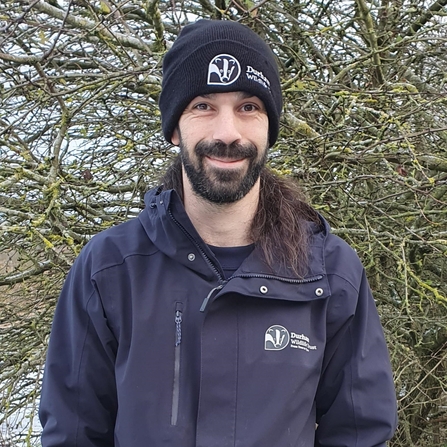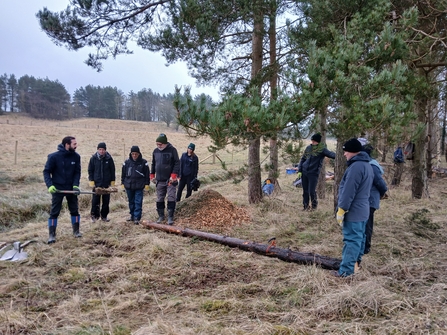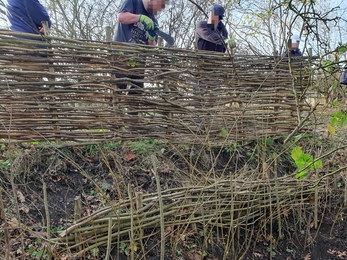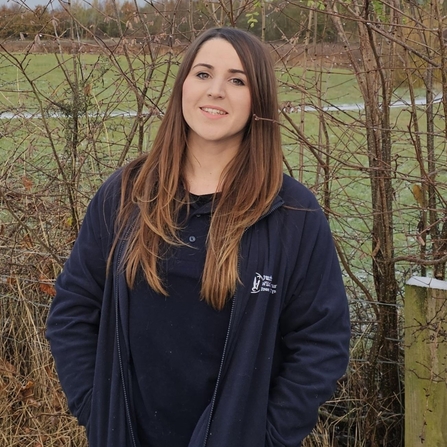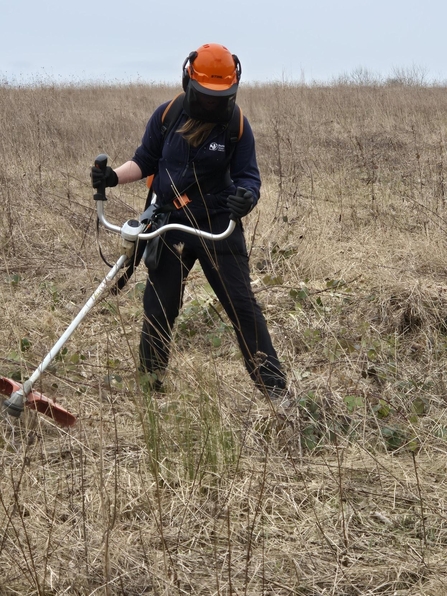Links with Nature has had a busy and successful winter, implementing woodland management, clearing scrub to restore grassland habitat, and installing nature-based solutions to improve local watercourses. Delivering this work would not have been possible without the continued support of our dedicated team of volunteers. In addition, our practical tasks have increasingly relied on our conservation trainees, who have swiftly embedded themselves within the team and now support our dynamic programme of greenspace activities. Emyr and Hayley joined us back in October. Time has flown since they started, due to the busy schedule of conservation tasks we have undertaken but also because of the many training sessions they have completed; each course and qualification adding to their growing skillset and ability to directly contribute to nature’s recovery.
Here our trainees will introduce themselves and describe some of the practical work they have completed during their traineeship thus far.


